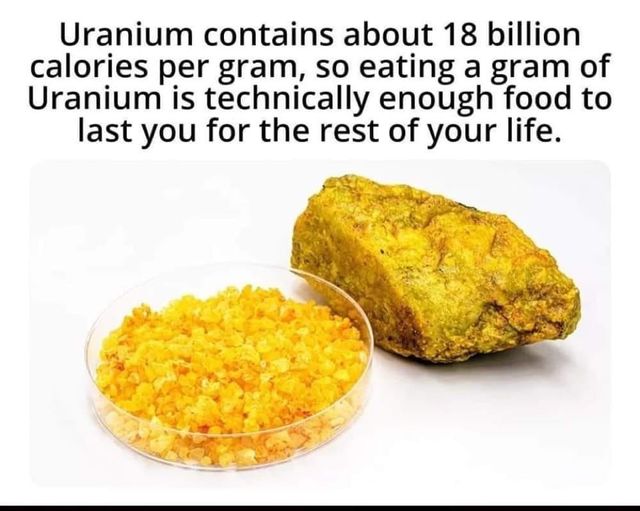this post was submitted on 03 Apr 2024
702 points (98.1% liked)
Science Memes
10309 readers
1105 users here now
Welcome to c/science_memes @ Mander.xyz!
A place for majestic STEMLORD peacocking, as well as memes about the realities of working in a lab.

Rules
- Don't throw mud. Behave like an intellectual and remember the human.
- Keep it rooted (on topic).
- No spam.
- Infographics welcome, get schooled.
Research Committee
Other Mander Communities
Science and Research
Biology and Life Sciences
- [email protected]
- [email protected]
- [email protected]
- [email protected]
- [email protected]
- [email protected]
- [email protected]
- [email protected]
- [email protected]
- [email protected]
- [email protected]
- [email protected]
- [email protected]
- [email protected]
- [email protected]
- [email protected]
- [email protected]
- [email protected]
- [email protected]
- [email protected]
- [email protected]
- [email protected]
- [email protected]
- [email protected]
- !reptiles and [email protected]
Physical Sciences
- [email protected]
- [email protected]
- [email protected]
- [email protected]
- [email protected]
- [email protected]
- [email protected]
- [email protected]
- [email protected]
Humanities and Social Sciences
Practical and Applied Sciences
- !exercise-and [email protected]
- [email protected]
- !self [email protected]
- [email protected]
- [email protected]
- [email protected]
Memes
Miscellaneous
founded 2 years ago
MODERATORS
you are viewing a single comment's thread
view the rest of the comments
view the rest of the comments

I never got this analysis, doesn't any material have absurd energy if you break down its very molecules and atoms?
http://www.jaygarmon.net/2010/09/according-to-einsteins-famous-equation.html?m=1
Apparently 21.5 billion calories per gram of matter
Not sure what this meme is getting at, then, since it seems to be significantly undercounting it
I also think it’s an interesting choice to use uranium. Wouldn’t osmium be a better choice due to its increased density?
Picking a higher density of the material just means the one gram would occupy less volume, it doesn't affect how much energy that gram is equivalent to in terms of E=mc2. For that calculation, as the equation implies, only the mass matters; a gram of feathers is equivalent to the same amount of energy as a gram of lead for that equation. Now, this equation is in fact a simplified assumption; if you launch your feather at relativistic speed, then we're talking
This is true. This is why I compared them using the fixed volume of one cubic centimeter rather than using something like specific gravity. The only thing that differs is the mass, which is of course, directly proportional to the energy.